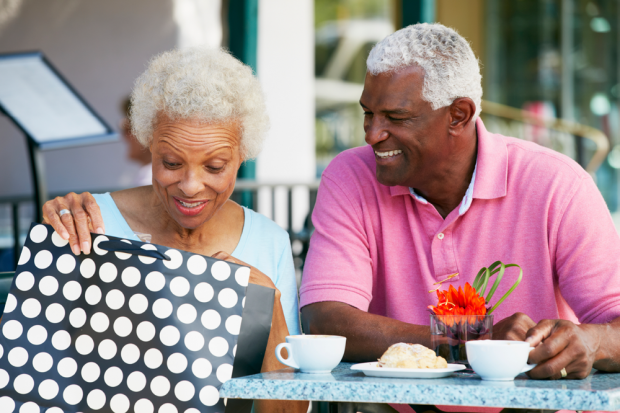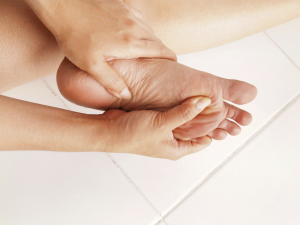Don’t Be Trippin’ Help Prevent Elderly Falls With These Shoe Shopping Tips
Shoes are often to blame for the many trips and falls aging adults experience, so follow these guidelines while choosing the best geriatric footwear for you or your loved one.
Recent studies have shown that one of the most common causes of trips and falls in the elderly is wearing certain types of footwear or wearing no shoes at all. In fact, over 50 percent of falls aging adults experience are due to being barefoot, wearing socks without shoes, wearing slippers or even — believe it or not — wearing the wrong type of supportive, athletic shoe in his or her specific environment.
“Not all athletic shoes are desirable in all environments,” says Dr. Carol Frey, director of the Foot and Ankle Center at Orthopedic Hospital in Los Angeles. “Bulky rubber soles worn on carpet can be hazardous while athletic shoes that are flat or worn are dangerous on wet surfaces.”
Shoe Shopping And Safety Tips For Aging Adults
The above tip from Dr. Frey is just one footwear tip out of many that can help reduce the chances of you or a loved one from falling due to the type of footwear on your feet. She and other experts offer these additional shoe safety tips for older people (first reported by the New York Times):
- Avoid wearing shoes with slippery soles or soles that are worn and no longer offer traction
- Avoid shoes that have leather or plastic soles, which can be slippery on certain surfaces like carpet, wood floors, tiles and wet surfaces
- Never wear shoes or slippers that are old or loose fitting, as they can easily slip off or fall off and cause a serious trip or fall
- Avoid backless shoes and any floppy footwear like sandals of flip flops
- Avoid walking around barefoot, in socks without shoes or in slippers; these footwear options are often slippery and lack the proper support and traction necessary to ward off falls
- Heavy rubber soles should be avoided when walking on carpet, because the soles can easily stick to carpet and cause falls; similarly, rubber tipped athletic shoes can catch on carpets and rugs and cause unexpected trips
- Shoes with a lot of cushioning may cause instability, so be cautious — no matter how comfortable they might seem
- Shoes that tie or have strong Velcro fasteners are oftentimes a better choice than shoes that slip on or off the feet because they’re sturdier and can be adjusted to accommodate swollen feet, braces and orthotic devices; consider elastic laces for anyone who lacks dexterity, as they will still hold the shoe firmly on the foot but allow the shoe to be slipped on or off without untying
- Consider shoes with a low, slip resistant heel, which can further help with stability
- Consider a walking shoe as an all-around, every day option; walking shoes provide excellent traction and support without bulky soles and rubber on the toe area that can lead to falls
Following the above guidelines as well as visiting your podiatrist on an annual basis to check things like balance and gait can significantly reduce the chance of falls and developing serious injuries like bone fractures, sprains and dislocations.
Notice concerning medical entries:
Articles having medical content shall serve exclusively for the purpose of general information. Such articles are not suitable for any (self-) diagnosis and treatment of individual illnesses and medical indications. In particular, they cannot substitute for the examination, advice, or treatment by a licensed physician or pharmacist. No replies to any individual questions shall be effected through the articles.





